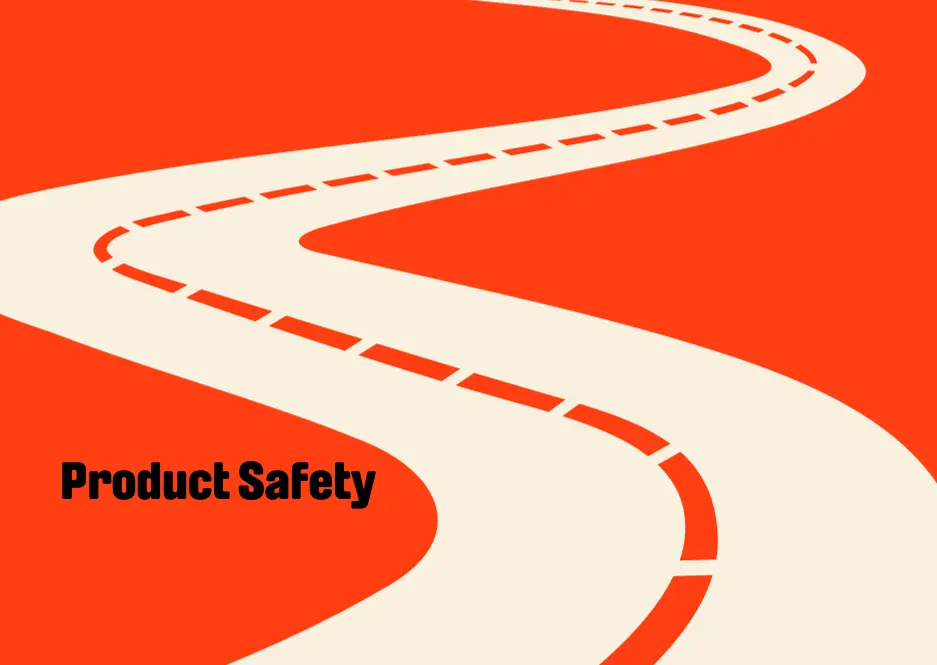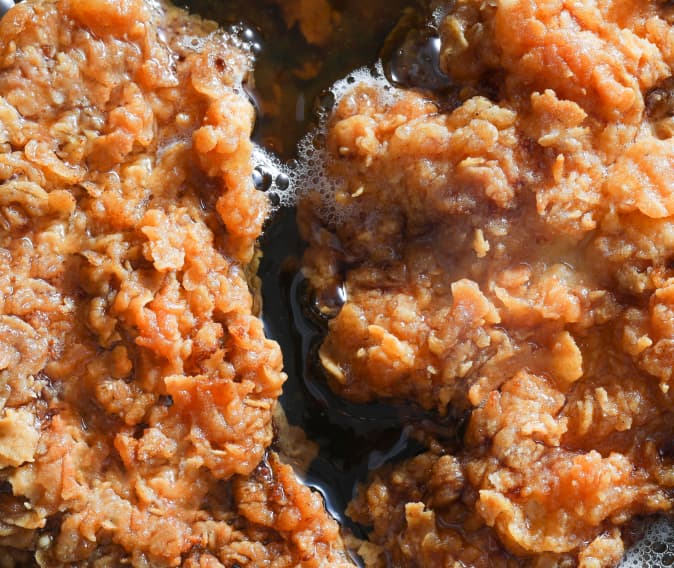Written by
UPSIDE Foods
At UPSIDE Foods, we’re all about pushing the boundaries of what’s possible. In this Road to Rubicon post, we’re delving into a topic that we’re passionate about and deeply committed to: product safety. In particular, we’re going to get into the details of one element of product safety – our heavy metal specifications and levels.
If you rewind back to your high school chemistry class, heavy metals are naturally occurring metals that have relatively high densities or atomic weights. We’re going to focus on four that are commonly discussed in the context of food – lead, cadmium, arsenic, and mercury. You might be wondering why there might be any amount of heavy metals in our product in the first place. Heavy metals are found in nature and in soil and therefore are found in some components in our cell feed formulation, such as salts and minerals.
Before we get started, it’s important to note that the heavy metal levels in our cultivated chicken have always been safe and well within the range of what you’d find in foods you’re already eating, like spinach, grape juice, and dried fruit. However, we’re serious about our commitment to safety and are not ones to rest on our laurels, and we want to take you through the journey we’ve been on to reduce our heavy metal levels.
UPSIDE’s premarket notice, which we sent to the FDA back on October 1, 2021, was within what the FDA established as the acceptable ranges for heavy metals and put a stake in the ground for our commitment to delivering safe products as we move forward.
Fast forward to September 16, 2022. We raised the bar by lowering our lead level limits and amending our FDA submissions to reflect this (you can see those details on page 94 of 104 of our premarket notice linked above).
But we didn’t stop there. Internally, we continue to work to implement stricter raw material controls and then set our specifications well below what was previously submitted to the FDA. We have a rigorous system of assessing any components that are used in our cultivation, employ highly qualified food safety personnel, and conduct extensive, independent third-party testing throughout our production process.
The actual demonstrated heavy metal levels in our commercial products are not only within these tighter specifications, but they are even lower. (If you want all the details, see Tables 1 and 2 below, which were previously sent to the FDA to keep them in the loop on our lower specifications and what we are actually seeing in our commercial production process).
To contextualize the size of those numbers, 1 ppb is comparable to:
- 1 second in 32 years
- 1 drop of water in a swimming pool
- 1 grain of sand in 730 pounds of sand
- 1 kernel of corn in enough corn to fill a 45-foot-silo, 16 feet in diameter
With this in mind, 13 ppb of lead would be the equivalent of 13 drops of water in a swimming pool. (If you’re curious, you can find more context for units of measure here.)
Table 1 lists UPSIDE’s current heavy metal release specifications, as well as the original heavy metal specifications filed with the FDA in our premarket notice (10/1/2021) and in our amendment (9/16/2022).
Table 2 summarizes the results for heavy metals analysis for our cultivated chicken from three nonconsecutive production runs conducted by an independent third-party laboratory. These results demonstrate that the level of lead in the product, on average, is 13.3 parts per billion (ppb), which is equivalent to 0.33 µg of lead per day for a 25 g serving of the product. For arsenic, 2 of the 3 lots yielded a non-detect (<10 ppb) result, and 1 of the 3 lots yielded a 10 ppb result. Levels of mercury and cadmium were non-detectable (<10 ppb) in all three lots.
At UPSIDE, we’re not just here to make delicious cultivated meat; we’re committed to making it safer and better for you and the planet. Thanks for taking time to read about our journey on product safety, and stay tuned for more exciting updates from UPSIDE Foods!




